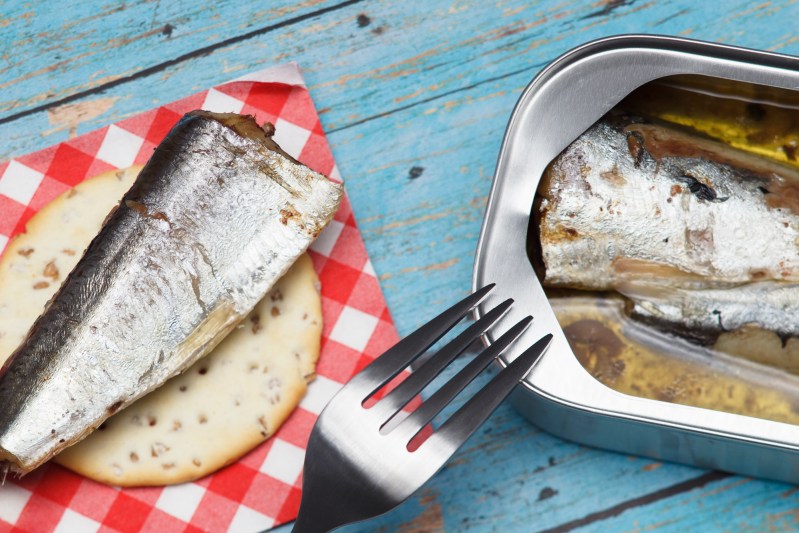It could be argued that conserva was unintentionally built for the quarantine. The Old World cuisine, focused on preserved fare often packed into tins for lengthy storage and transit, is precisely the kind of tough-to-perish grub we need right now.
Prior to the pandemic, the food style was already coming back to life. Like White Zin or Merlot, conserva was something that had been out of fashion long enough that its renaissance was only a matter of time. Suddenly, tins of sardines in red sauce and trout in olive oil started showing up in wine bars and restaurants throughout the country. There was something cool about the category’s military-esque efficiency — like rations for the foodie.

Conserva is still cool, if not even more so now, and we hope always will be. In coastal European countries like Spain, France, and Portugal, the genre has been big for a long, long time. It’s essentially fish in a can, but way, way better than the bulk bottom-shelf tuna we’re accustomed to here in the U.S. Conserva is built around staples of the sea such as mackerel, octopus, tuna fillets, and hake. It’s casual for certain, but tasty.
So much more ends up in the tin. Conserva is known to include sea urchin caviar, scallops, cockles, baby eels, and sea bass. Some specialty shops even include rillettes and pâtés in their conserva collections, set in a tin and, again, ideal with bread and wine. Just sampling through a few tins or jars will have you envisioning new ways of using vinegars, pasta sauces, and your favorite oils.
Most of the time, the fish is preserved in sauce or olive oil, meaning an abundance of dipping opportunities. Translation: A good baguette is conserva’s best friend. An edible sponge of sorts, the mini loaf of bread can sop up all of the deliciousness at the bottom of the tin. Conserva’s other best friend? Wine, of course. Given the briny, seafaring qualities of the food — not to mention its Old World origins — we suggest racy whites like Albariño or Muscadet. That, or bone-dry rosés or light and lively reds like Gamay Noir or the sea-kissed reds grown near volcanoes.
Caputo’s in Salt Lake City has one of the best selections and can ship all over the country. The store boasts conservas from eleven producers from all over, including a Patagonia collaboration (that’s also a B-Corp). One of the most eye-catching and delicious is JOSÉ, with its vast selection and gorgeous art-filled packaging. If you’re stocking up your pantry and want to do so in style, with a little European flair, this is the way to go.
Obviously, if you like seafood there’s plenty to adore with conserva. But there’s also added draw in the fact that the food is so dialed-in. The protein is generally harvested fresh, packed in some tasty liquid, and placed into a small and recyclable container. There’s hardly any excess plastic or waste from individually wrapping everything.
Better still, it’s a fuss-free way to dine well. Crack open a few tins, pull out some bread, and pop a bottle of wine. It’s a great lunch of afternoon snack and can be made into a full-on supper with little more than some added pasta, or complementary items like olives and cheese, a simple salad, or a few vegetable options (ones that also dip well, like asparagus, bell pepper, and other crudités). Have a lemon or two on hand just to be safe, as a splash of fresh citrus can bring some of the simpler fish options to life.
You’ll be left with very few dirty dishes and the sense that you just dined on a sun-drenched beach in Mallorca, Nice, or Lagos. Conservas is food for the soul anytime, and all the more so now as summer approaches and we get the itch to travel, but can really only safely do so in our heads.


